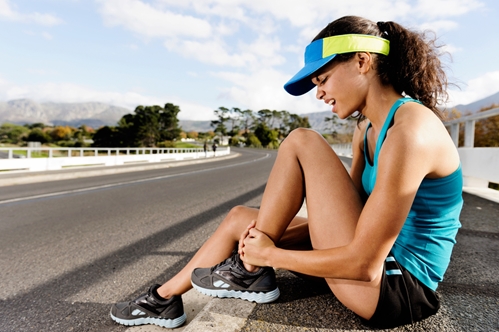
Prevent blisters for more pain-free runs
 If you’re training for a marathon or are a regular runner, chances are you’ve seen a blister or two in your lifetime. In fact, something as simple as wearing a new pair of shoes can cause those nasty, painful sores to pop up. Using home treadmills with orthopedically correct shock absorption, like the TRUE Fitness PS800, can help you avoid other injuries by reducing the impact on your joints and knees, preventing and treating blisters requires slightly different tactics.
If you’re training for a marathon or are a regular runner, chances are you’ve seen a blister or two in your lifetime. In fact, something as simple as wearing a new pair of shoes can cause those nasty, painful sores to pop up. Using home treadmills with orthopedically correct shock absorption, like the TRUE Fitness PS800, can help you avoid other injuries by reducing the impact on your joints and knees, preventing and treating blisters requires slightly different tactics.
Choose the right shoe
One of the main causes of blisters in runners is shoes that are ill-fitting, so it’s important to choose the shoe that’s right for you. To make sure that your running shoes are the right size, check that there’s approximately a thumbs-width space between your toes and the end of your shoe. Your socks should be able to fit smoothly and comfortably. If your shoes are too small, they can cause blisters under your toes and on the ends of your toenails.
Moisten feet
Blisters can occur when there is friction between your skin and socks, so moistening your feet can do a great deal to prevent them. However, both dry and sweaty skin are prone to having blisters form, so the key is to strike the right balance. On a daily basis, use skin creams and lotions on your feet to make sure that they are moist. Right before your run, you can apply petroleum jelly or special friction-reducing foot powders to form a protective shield between your skin and your sock.
Pair with socks
Just like choosing the right shoe, wearing the right sock is another method of preventing blisters. Socks made of synthetic materials can keep moisture away from your skin, thereby reducing friction (cotton socks, while comfortable, are a big no-no). Socks that have been reinforced in the heels or toes can also provide extra support for your feet and reduce the likelihood that blisters will form. If you are particularly prone to those painful bumps, try wearing two pairs of socks at once – just make sure you buy a bigger pair of shoes so they aren’t too tight.
Clean and puncture
If you do develop a blister, it’s important to treat it right away. Wash your hands with soap and water, then clean the affected area with rubbing alcohol or iodine. Puncture the blister with a sterilized needle and soak up the draining fluid with a tissue or clean piece of cotton. Apply antibiotic ointment and cover the blistered area with an adhesive bandage. Keep it covered for several days while it heals.
